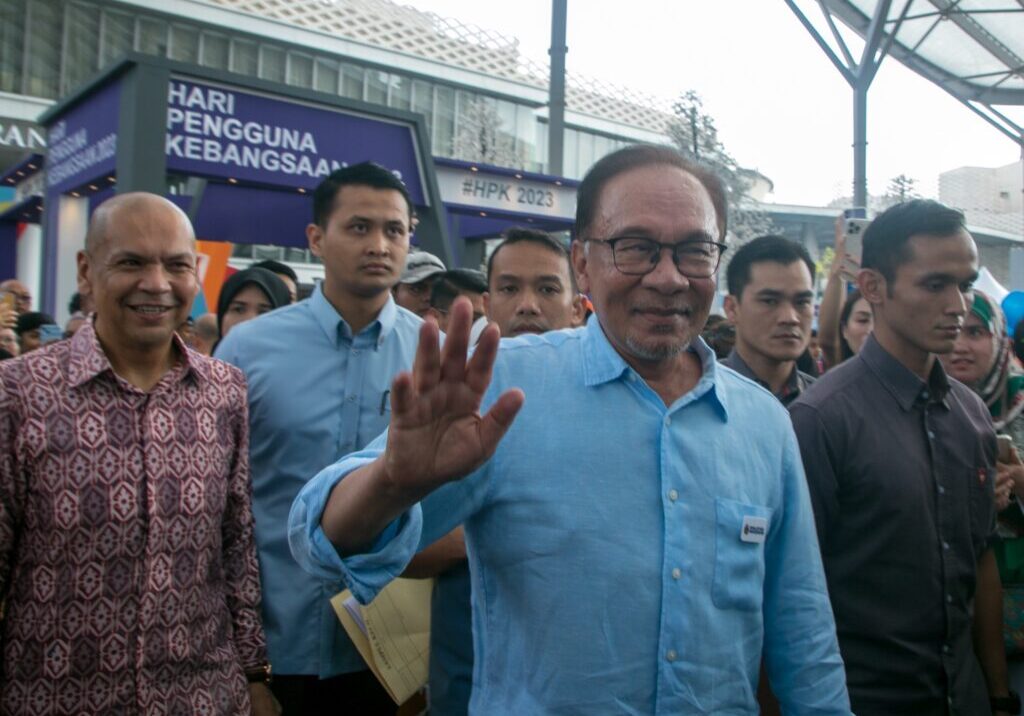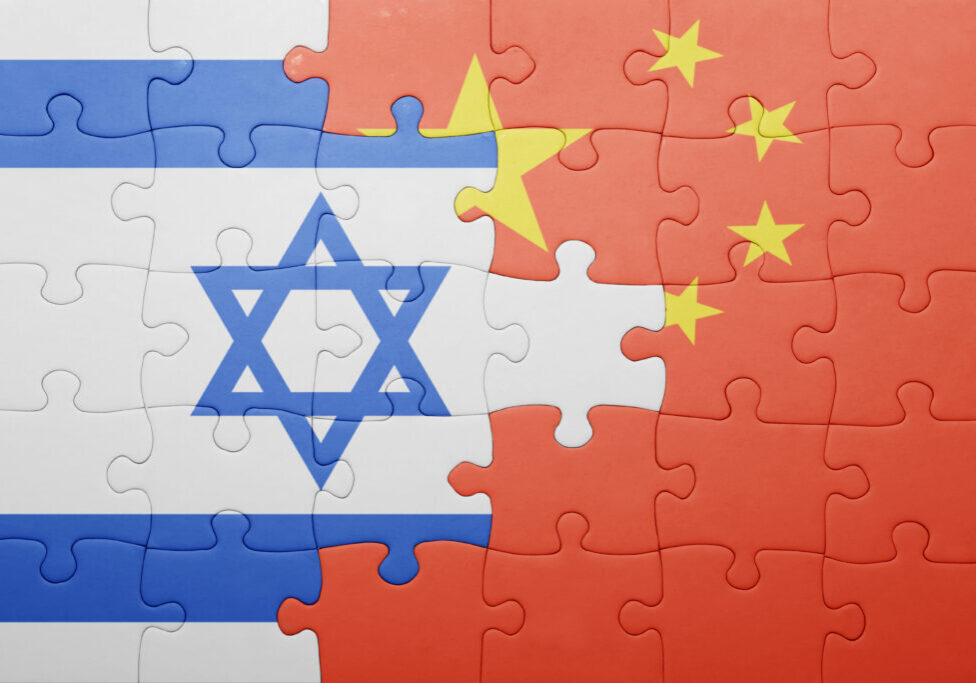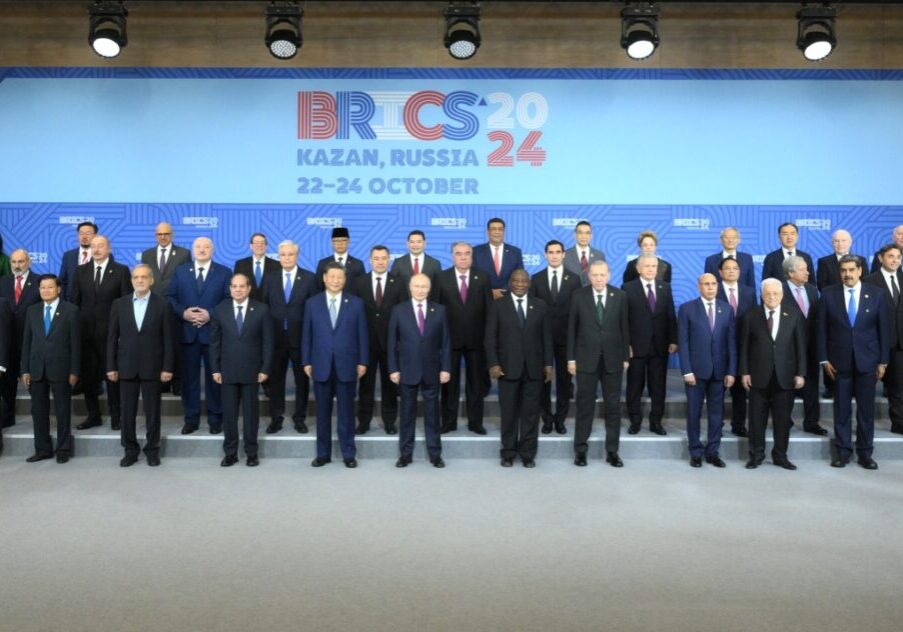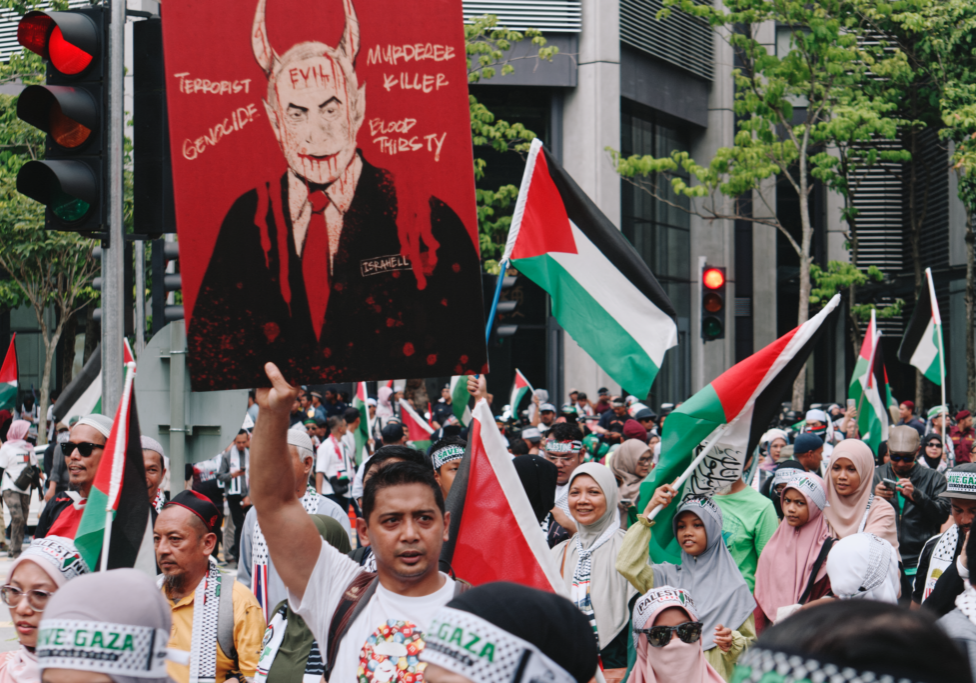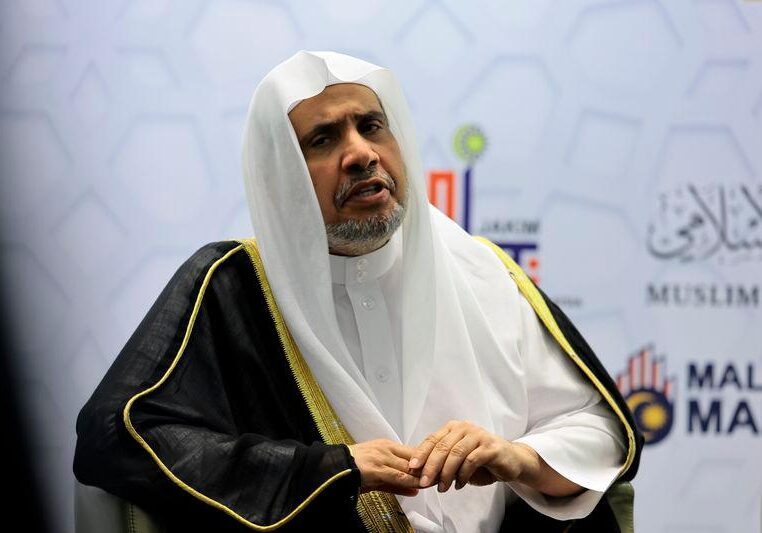Australia/Israel Review
The China Syndrome
Jan 29, 2014 | Gordon G. Chang

How Beijing helps Iran and other rogue states go nuclear
Gordon G. Chang
In November, immediately after the announcement that Iran had reached a deal with Western negotiators concerning its nuclear program, China’s former ambassador to Teheran, Hua Liming, made the case that Beijing – not the American Secretary of State John Kerry or the European Union envoy Catherine Ashton – ultimately deserved credit for brokering the agreement. “When the two parties came across irresolvable problems, they would come to China, which would ‘lubricate’ the negotiation and put things back on track,” Hua told Chinese state media.
There has been considerable disagreement about whether the interim arrangement, which partially freezes Iran’s nuclear program, is a good deal for the international community. Beijing’s enthusiasm is sufficient evidence that it is not: China is Iran’s best big-power friend, and if Hua is to be believed, then Beijing thinks it has just scored a triumph for its friends in Teheran.
This is the latest instance of the Chinese, mostly in concert with the Russians but sometimes alone, providing diplomatic support where it counts. Without China running interference with the Board of Governors of the International Atomic Energy Agency and the UN Security Council, the Russians would undoubtedly be less willing to support Teheran. But with Beijing in the background and sometimes out front, the Iranians can hold off others as their nuclear efforts proceed at what appears to be a rapid pace.
Chinese leaders say their nation “has always adopted a serious and responsible attitude toward preventing the proliferation of nuclear weapons” – but that is far from the truth. Beijing has proven masterful at procuring time for nuclearising rogues, having protected North Korea during negotiations about its atomic program, known as the Six-Party Talks, which China has sponsored since August 2003. During those fruitless negotiations, the Kim regime first stalled, then lied, and finally crowed – when it detonated its first atomic device, in October 2006. Since then, there have been two subsequent tests, in May 2009 and, more recently, this past February.
During all three detonations, Iranian representatives, including the mysterious Mohsen Fakhrizadeh – thought to be Iran’s chief nuclear scientist – were present. Teheran has been funding the North Korean nuclear program for perhaps as long as a decade, which means the Islamic Republic is already a nuclear state, at least as a practical matter. The close cooperation across national boundaries means nuclear weapons programs need not be just national in scope. We tend to think of China, Pakistan, North Korea and Iran as having four parallel efforts, but in truth it’s better thought of as one program conducted in various locations.
It is China that ultimately makes Iran dangerous. Without the People’s Republic, the Islamic one would not be able to withstand pressure from the international community. China is the biggest purchaser of Iranian oil, surreptitiously evading American sanctions by paying in gold and in renminbi, the Chinese currency – or simply by taking smuggled cargoes. Moreover, Beijing has apparently helped Teheran sell crude to Pyongyang, as evident from the deal reached last year between the two rogue states. China kept a role for itself with a requirement that oil had to be shipped to Chinese state enterprises, an indication that the People’s Republic was paying for at least a part of North Korea’s purchases. Whenever two of China’s closest client states begin talking, Beijing must be helping both.
China’s historic support for Iran is one reason we should be suspicious of November’s interim freeze. The terms of the deal struck between the Iranians and negotiators representing the five permanent members of the U.N. Security Council and Germany – commonly referred to as the P5+1 – foreclose the likelihood of an attack on Iran’s nuclear facilities while a final agreement is worked out, a process that could extend well beyond the six-month term currently being advertised.
Meanwhile, there have been reports in the past few weeks of new activity at Punggye-ri, the site of all three previous North Korean tests. Specifically, satellite photos show two new tunnel entrances suggesting two upcoming explosions. So, while President Hassan Rouhani talks with diplomats in Geneva about the shape of a comprehensive agreement, his weapons specialists are likely beavering away in the hills of northeast North Korea, laying the groundwork for Iran’s first detonation – or maybe its fourth.
Beijing began transferring technology, materials, and equipment to Pakistan as early as 1974. The initial aid may have been only in the form of “crude technology”, but it started a decades-long collaboration. In the early 1980s, just when its officials began to make responsible-sounding statements about nuclear proliferation, Beijing sent Islamabad plans for a nuclear warhead and enough enriched uranium for two weapons.
Beginning in 1994, the Chinese sold 5,000 ring magnets, used in gas centrifuges for enriching uranium, to the laboratory of the infamous Dr. Abdul Qadeer Khan. Beijing also appears to have provided nuclear test data, more modern warhead designs, and plutonium technology for which there are no peaceful uses. China may even have tested a Pakistani device on its soil. Chinese help was crucial, extensive, and continuous. “If you subtract Chinese assistance from the Pakistani nuclear weapons program, there is no program,” says Gary Milhollin of the Wisconsin Project on Nuclear Arms Control.
Various countries, including Iran, then got access to “China’s bomb” when Dr. Khan began to merchandise Armageddon. And when Khan was caught a decade ago, Beijing, after ensuring he received a quick pardon from his own government, then employed two backup stratagems: It permitted the North Koreans to proliferate and, more significantly, took over Khan’s proliferant role directly. What once was indirect became direct as Beijing began transferring materials and equipment straight to Teheran.
The National Council of Resistance of Iran, the dissident group that in 2002 disclosed the heavy-water production facility at Arak and the underground uranium-enrichment plant in Natanz, charged in September 2005 that the Chinese trade in centrifuges continued into that year. That month, NCRI also accused China of secretly sending beryllium to Iran. This metal is used in neutron initiators to trigger nuclear weapons, and due to the surreptitious nature of the transfers, it is highly unlikely that Iran bought the material for civilian purposes. The allegation is consistent with other reports about Iran’s covert attempts to source beryllium at that time. In July 2007, the Wall Street Journal reported that the State Department had lodged formal protests with Beijing about Chinese companies exporting to that country items that could help Teheran build nukes in violation of the first two UN Security Council resolutions on Iran.
With regularity, officials in Asia have confiscated shipments of equipment and materials sold by Chinese state enterprises to Iranian companies in contravention of international treaties and UN rules. In March 2011, Malaysian police in Port Klang seized two containers from a ship en route to Iran from China. Authorities suspected that items labeled “goods used for liquid mixing or storage for pharmaceutical or chemical or food industry” were actually parts for nuclear warheads. Recently Chinese entities have been implicated in transfers of maraging steel, ring-shaped magnets, and valves and vacuum gauges, all apparently for use in Iran’s atom bomb effort.
There appears to have been a recent decline in direct Chinese shipments to the Iranian program, due to two factors. First, Beijing has already transferred most of what the “atomic ayatollahs” need for a splendid weapon. Second, the Chinese are, from all indications, letting the North Koreans take the lead proliferation role. Maybe that is why Fakhrizadeh was spotted in China on his way to North Korea for the regime’s third test.
Fakhrizadeh’s unimpeded passage through China tells us that, if there is such a thing as “managed proliferation”, the Chinese are its masters. Beijing, to borrow a Middle Kingdom metaphor, has been “killing with a borrowed knife.” And it looks like it is boldly working both sides of the street. In the past, China used Pakistan to transfer nuclear weapons tech to Iran, and now it is employing North Korea for the same purpose. At the same time, it may be reactivating the Pakistani channel to aid Iran’s adversaries, especially Saudi Arabia. There are reports that Islamabad may transfer completed nukes to Riyadh, and any such move would almost certainly require Beijing’s approval. China itself signed a nuclear cooperation pact with the Saudis in 2012.
So, Pakistan and North Korea have done Beijing’s bidding. Will Iran be tomorrow’s dagger for China? Whether or not the Chinese proliferate nuclear technology through the Iranians, there is one thing we know. “There is a circle of countries that want nuclear weapons,” says Rick Fisher, a leading analyst of the Chinese military, “and in the centre of that circle of evil is China.”
Despite what Beijing would have us believe, China has not stopped playing “the proliferation card”, its most powerful tool for accomplishing its most important strategic objectives. And as much as we would like to think otherwise, the Chinese are willing to risk nuclear winter to get their way in the world. Today, they see the mullahs as a tool, so we should not be surprised that Beijing is arming them, even though they lead what could be the world’s most dangerous rogue regime.
Gordon G. Chang is the author of Nuclear Showdown: North Korea Takes On the World. This article is reprinted from Tablet Magazine, at tabletmag.com, the online magazine of Jewish news, ideas, and culture. © Tablet magazine, reprinted by permission, all rights reserved.

